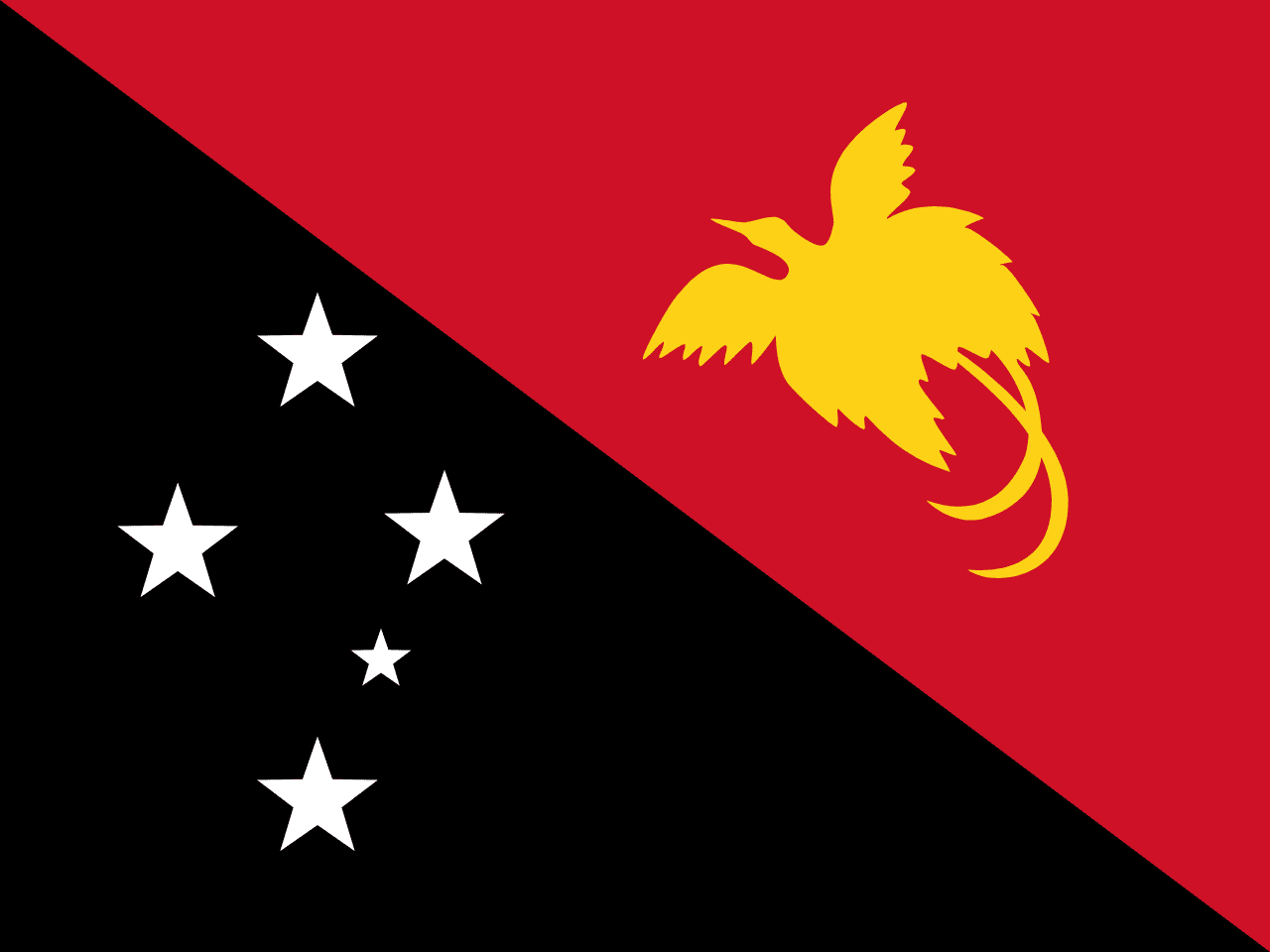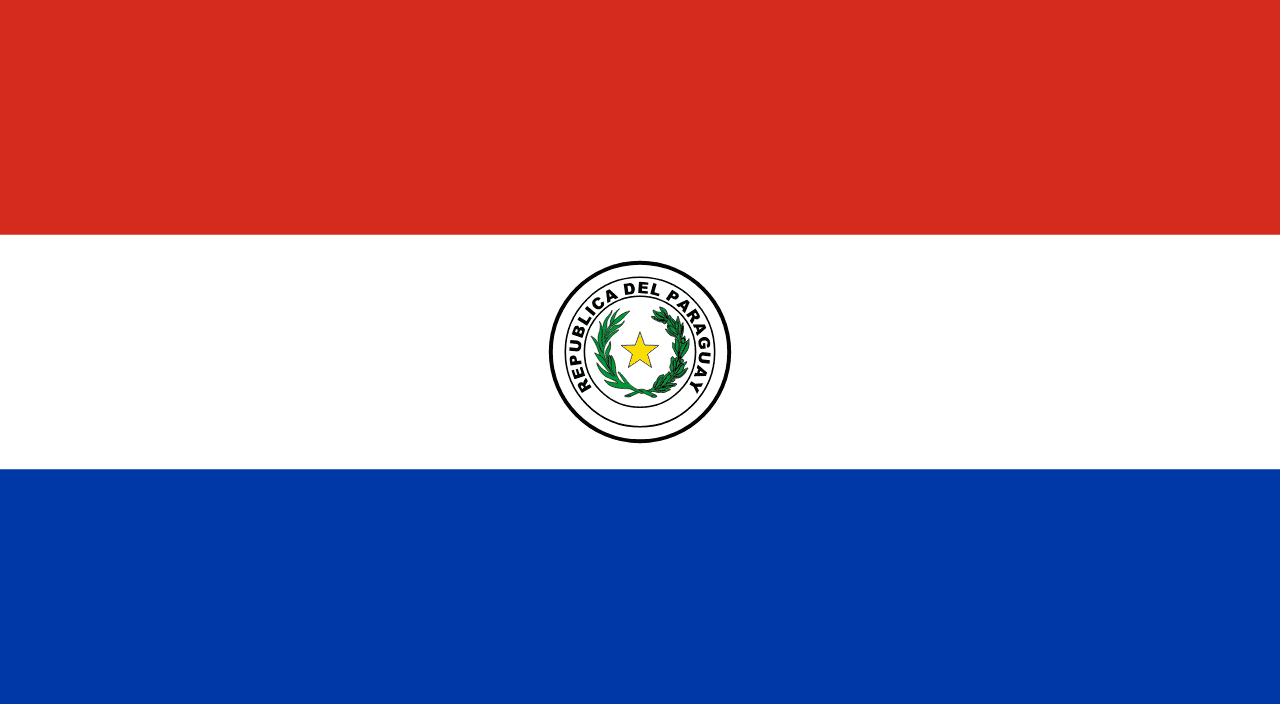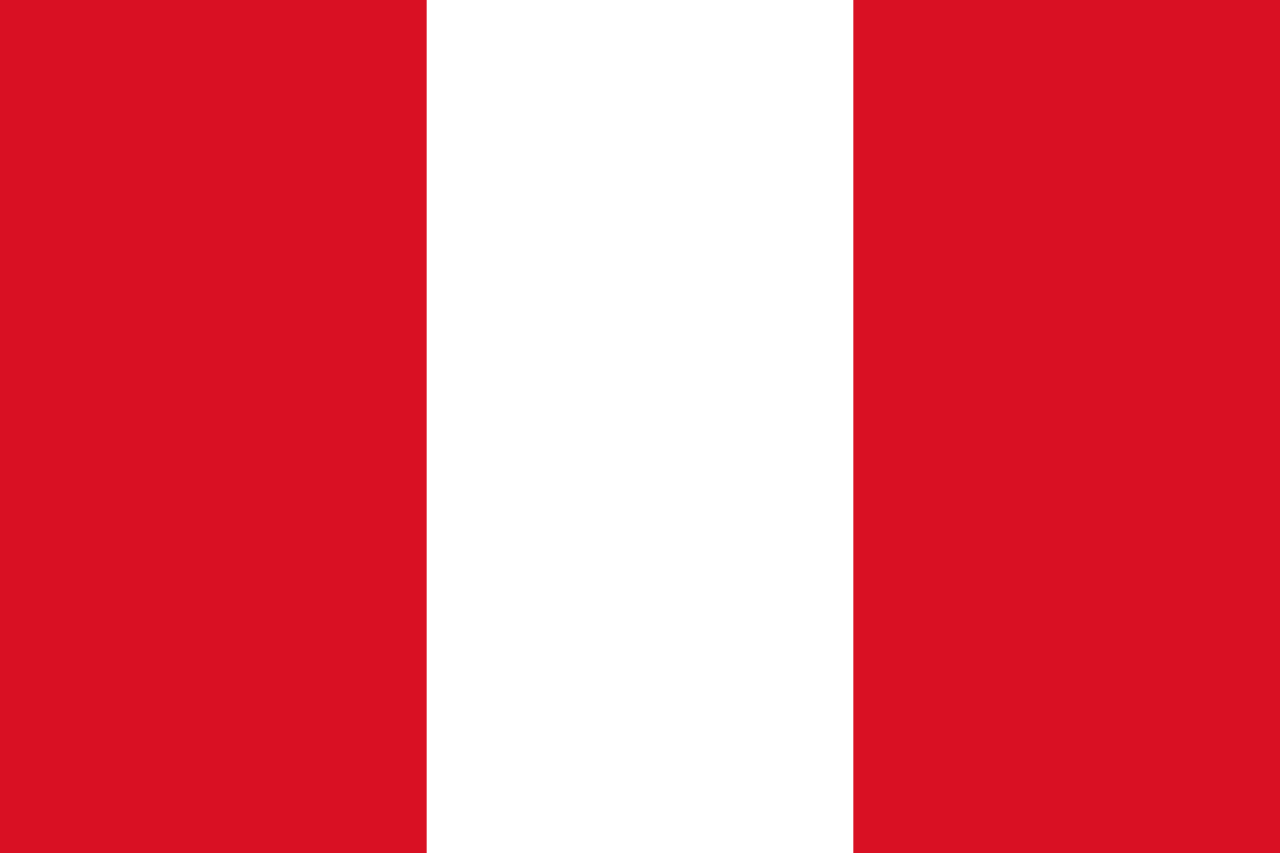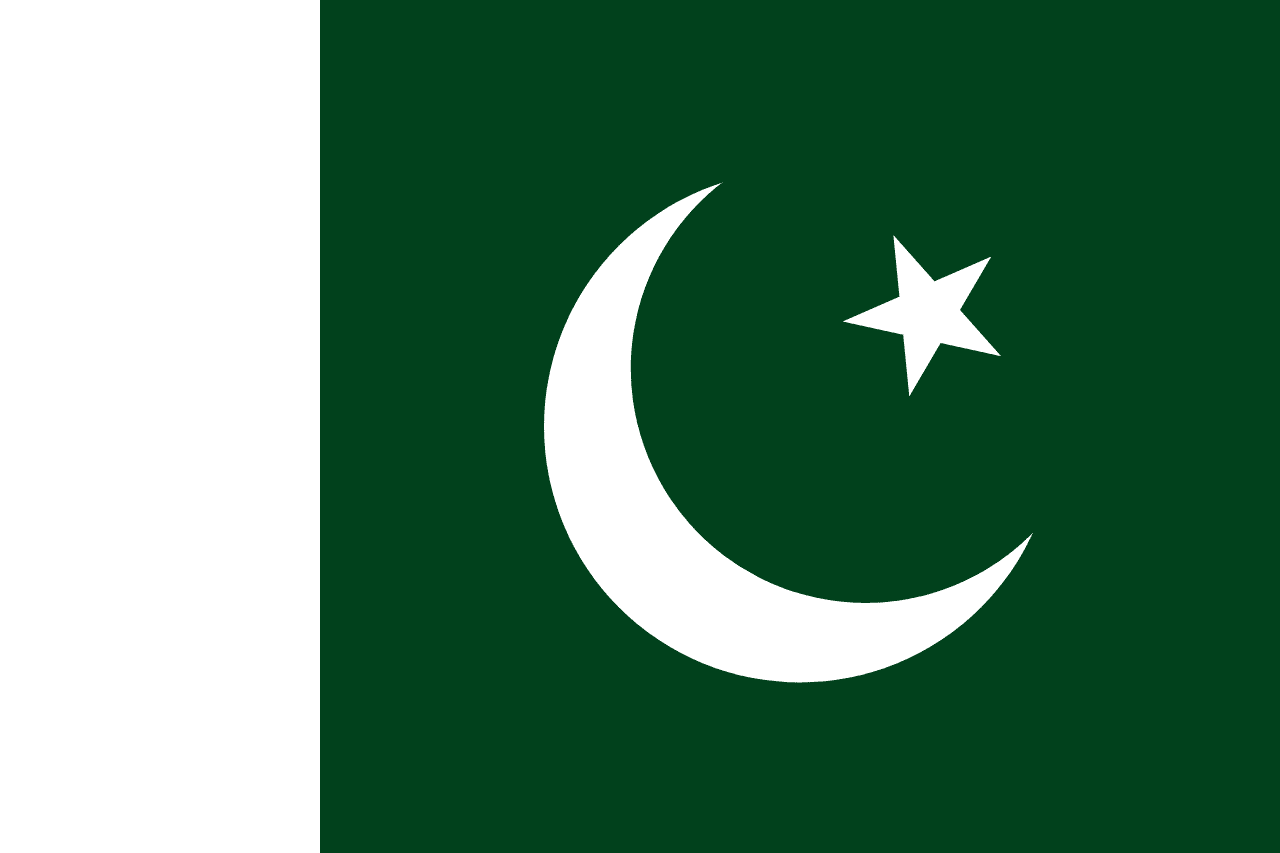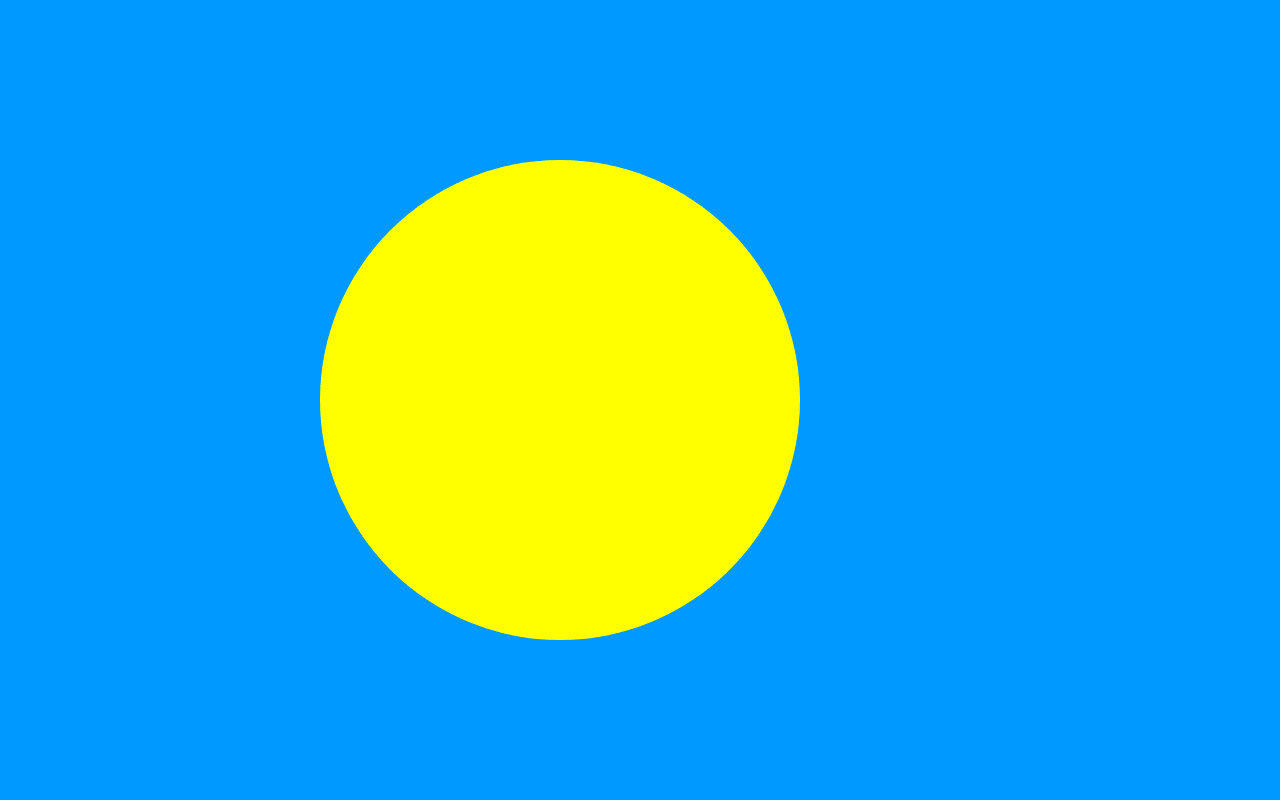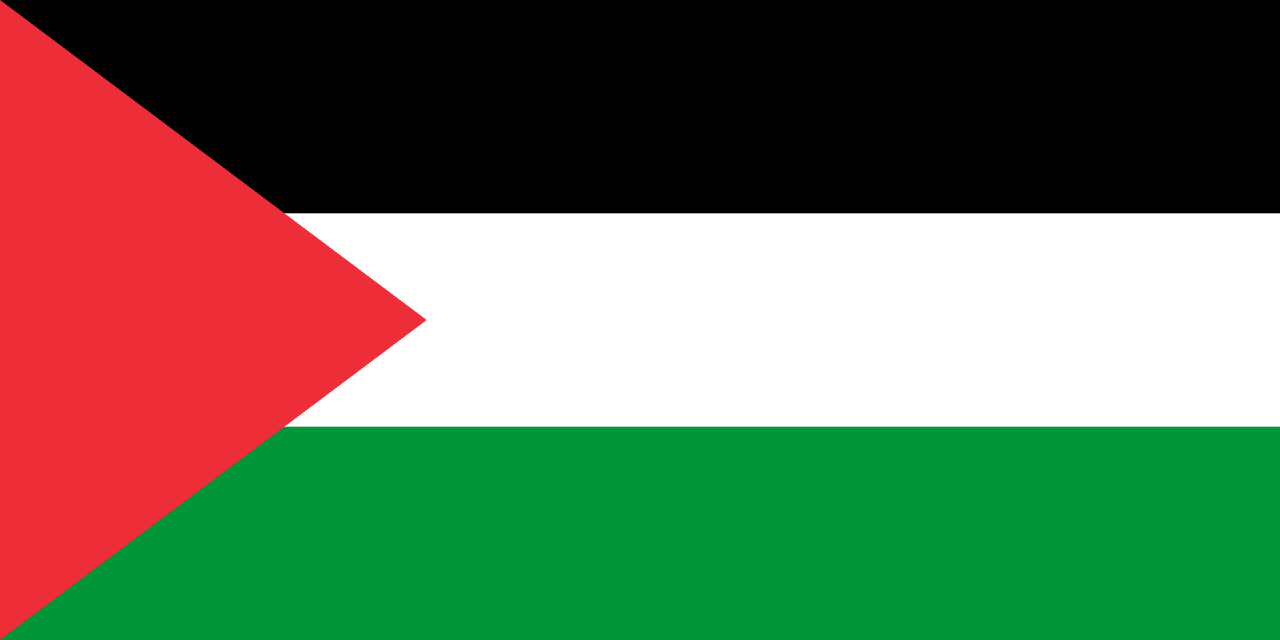The flag of Panama features a quartered design with white squares in the upper hoist-side and lower fly-side quadrants, a red square in the upper fly-side quadrant, and a blue square in the lower hoist-side quadrant. Each white square contains a five-pointed star: blue in the upper hoist-side and red in the lower fly-side. This unique design encapsulates Panama's political history, national unity, and aspirations.
Panama information
| National Flag Day | November 4th |
| Sovereign state | Yes |
| Official name | Republic of Panama |
| Capital | Panama City |
| Population | 4,314,767 |
| Area | 75,417 km² |
| Currency | Panamanian balboa (B/.) |
| Language | Spanish |
| Continent | North America |
| Region | Central America |
| Subregion | — |
| Borders | Colombia, Costa Rica |
| Timezone | Eastern Standard Time (EST) UTC-5 |
| Calling code | +507 |
| Top-level domain | .pa |
History of the Panamanian flag
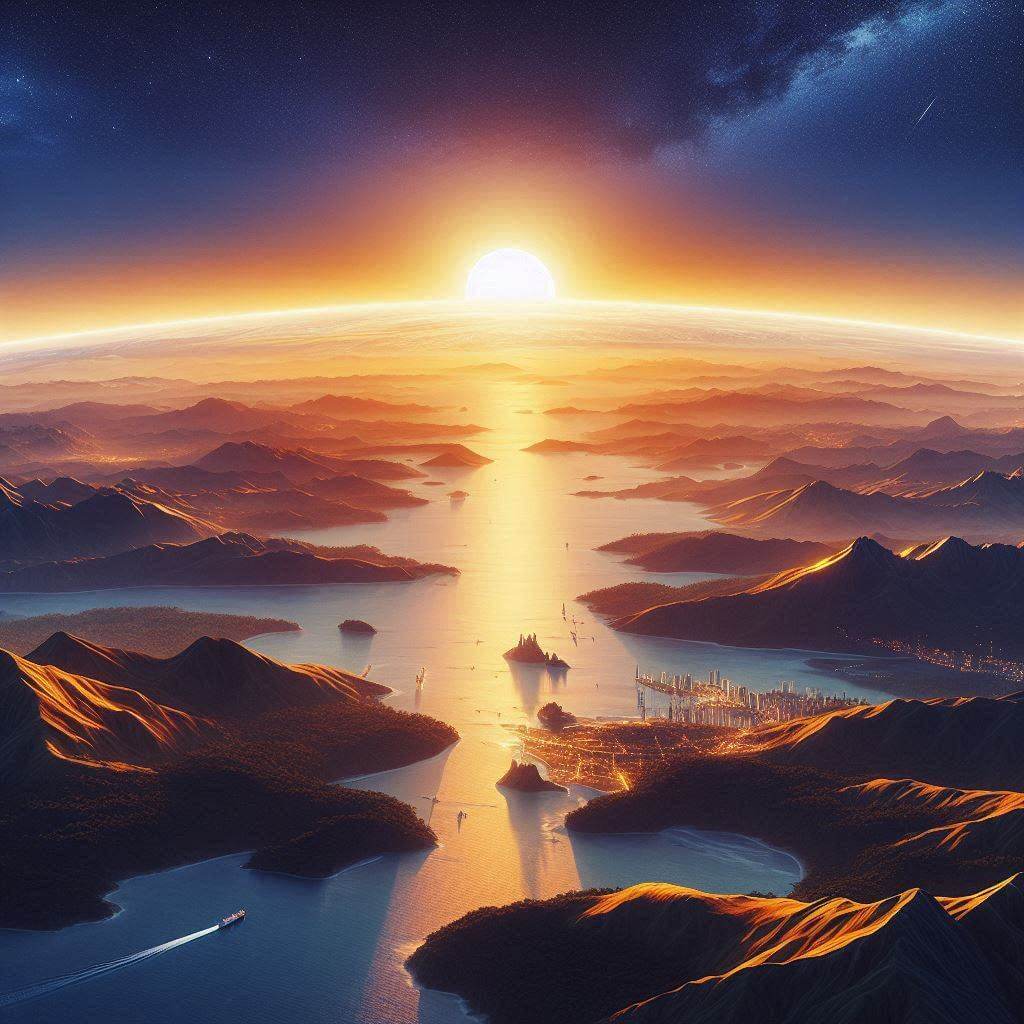 The current flag of Panama was officially adopted on November 4, 1925, following a design created by Марía de la Ossa de Amador. However, the flag's origins date back to 1903 when Panama gained independence from Colombia. The original concept was developed by Manuel Encarnación Amador, son of Panama's first president, Manuel Amador Guerrero.
The flag's adoption came during a period of nation-building and consolidation of Panama's identity as an independent state. Its design was carefully crafted to represent the political landscape of the time and the aspirations for national unity.
The current flag of Panama was officially adopted on November 4, 1925, following a design created by Марía de la Ossa de Amador. However, the flag's origins date back to 1903 when Panama gained independence from Colombia. The original concept was developed by Manuel Encarnación Amador, son of Panama's first president, Manuel Amador Guerrero.
The flag's adoption came during a period of nation-building and consolidation of Panama's identity as an independent state. Its design was carefully crafted to represent the political landscape of the time and the aspirations for national unity.
Symbolism and design of the Panamanian flag
The Panamanian flag's design is rich in symbolism, reflecting the country's political history and national values:
- White Squares: Represent peace and purity. They also symbolize the Conservative Party, one of the two major political parties at the time of the flag's creation.
- Red Square: Symbolizes the Liberal Party, the other major political force in early 20th century Panama. It also represents the blood shed for the country's progress.
- Blue Square: Represents the ocean and sky, highlighting Panama's strategic location between two oceans. It also symbolizes purity and honesty.
- Blue Star: Located in the upper white square, it represents the purity and honesty of the country's life.
- Red Star: In the lower white square, it symbolizes the authority and law that govern the country.
The quartered design itself represents the equality and unity of the Panamanian people, regardless of political affiliation. The arrangement of colors and stars creates a balance, emphasizing the nation's desire for political harmony and progress.
Usage and significance of the Panamanian flag
 The flag of Panama holds immense importance as a symbol of national identity and pride. It is prominently displayed on government buildings, schools, and during official ceremonies throughout the country. The flag plays a central role in national celebrations, particularly during Panama's Independence Days: November 3rd (independence from Colombia) and November 28th (independence from Spain).
In daily life, the Panamanian flag serves as a reminder of the nation's struggle for independence and its commitment to democracy and progress. It is often seen flying alongside the flags of Panama's provinces, reflecting the country's regional diversity within national unity.
Internationally, the Panamanian flag represents the country at diplomatic functions, sporting events, and global forums. It symbolizes Panama's sovereignty and its crucial role in global trade and commerce, particularly due to the Panama Canal. The flag's presence on ships traversing the Canal has made it a familiar sight in international waters, reinforcing Panama's importance in maritime affairs.
The flag of Panama holds immense importance as a symbol of national identity and pride. It is prominently displayed on government buildings, schools, and during official ceremonies throughout the country. The flag plays a central role in national celebrations, particularly during Panama's Independence Days: November 3rd (independence from Colombia) and November 28th (independence from Spain).
In daily life, the Panamanian flag serves as a reminder of the nation's struggle for independence and its commitment to democracy and progress. It is often seen flying alongside the flags of Panama's provinces, reflecting the country's regional diversity within national unity.
Internationally, the Panamanian flag represents the country at diplomatic functions, sporting events, and global forums. It symbolizes Panama's sovereignty and its crucial role in global trade and commerce, particularly due to the Panama Canal. The flag's presence on ships traversing the Canal has made it a familiar sight in international waters, reinforcing Panama's importance in maritime affairs.
Interesting facts about the Panamanian flag
- Panama celebrates two "Flag Days" each year: November 4th, commemorating the flag's adoption, and November 28th, marking independence from Spain.
- The flag's design was inspired by the U.S. flag, reflecting Panama's close ties with the United States at the time of its creation.
- During the construction of the Panama Canal, the Panamanian flag was flown alongside the U.S. flag in the Canal Zone, symbolizing joint administration.
- The exact shades of red and blue on the flag are specified in the Panamanian constitution to ensure consistency.
- In Panamanian culture, the flag is often referred to as "The Stars and Quarters" (Las Estrellas y Los Cuarteles), highlighting its distinctive quartered design with stars.
